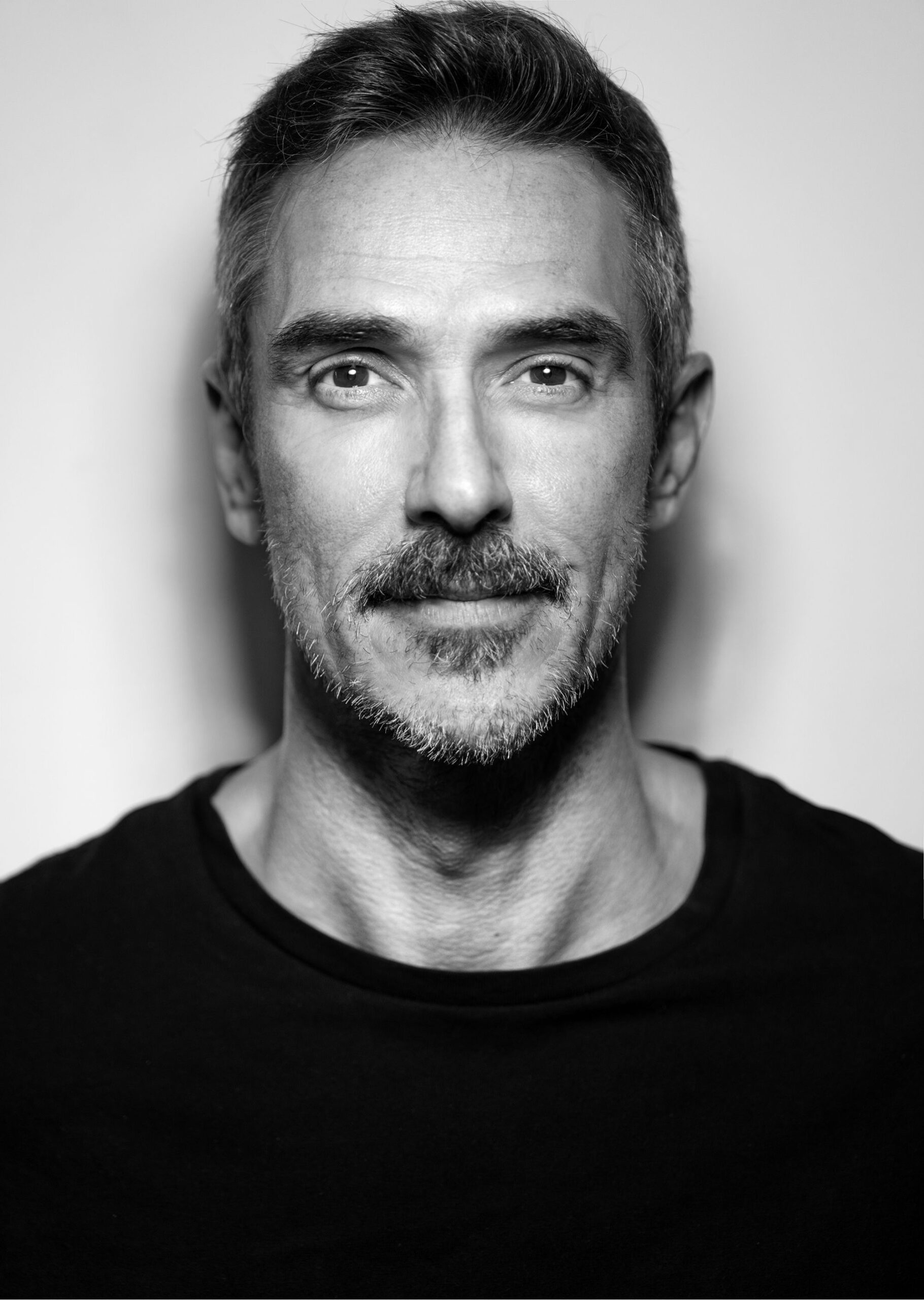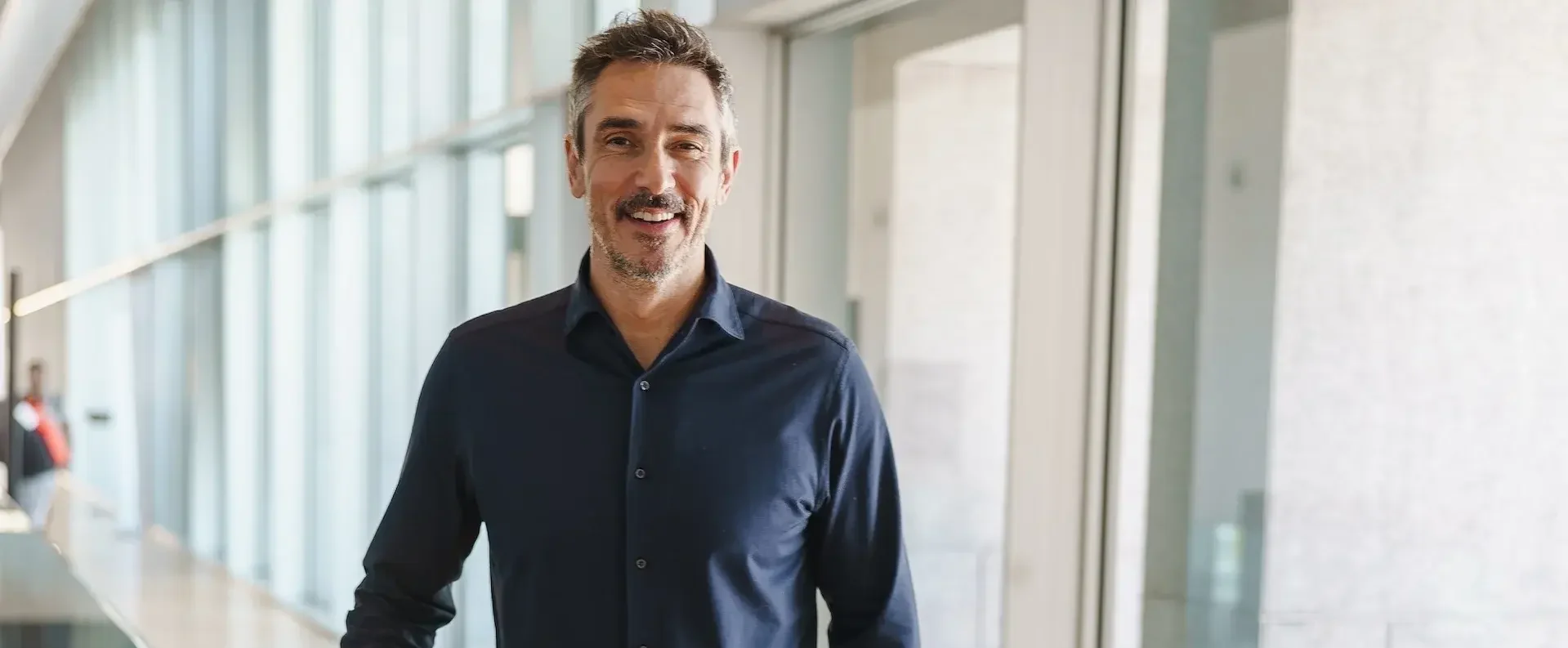So very proud to have my article on “Toxic Dentistry” published in such a prestigious edition. I believe that our industry truly needs some things to change. One thing that must happen and even be enforced, and also a foundation of Slow Dentistry, is clinics that don’t respect proper disinfection protocols in between appointments. Its easy to see 40 patients a day and kill it at the bank if you’re OK with potentially infecting yourself, your patients and your team. Lots of food for thought in this article, DM me if you have any interesting questions.
You can check the full article in Dental Tribune here, or read the full publication below:
According to market research company Industry Research, the global dental market is expected to grow at a compound annual growth rate of 5.5% until 2025 and is expected to reach U.S.$37.16 billion by 2025, from U.S.$30.05 billion in 2019.1 These numbers are massive, so massive that it is difficult for me to comprehend them, despite having been in the industry for 22 years professionally.
The business of dentistry is so complex, so large and so multifactorial, and means so many different things to almost every- one in the industry. It changes from culture to culture and from demographic to demographic. It is even practiced differently depending on how old you are, what part of the city and country you live in, and what kind of resources you have, let alone your specialization. Yet, this can all be captured in a number. That is very curious. Because the more I learn about the dental industry, the more I see that, in many parts of the world, dentistry is truly and only financially driven. We see the growing trend of the dental service organization business model in the U.S.; it has also had great success in the U.K., Spain, Australia and a few other countries around the world. These service companies offer the practitioner the opportunity to relinquish the difficult part of managing a clinic to a financial organization so that he or she can focus mainly on the practice and the art of dentistry. But is this truly happening? Is dental care becoming better as a result of this? It should be. We also still have the classical business model of a privately owned clinic with one or more partners working hard to make a living and dealing with growing competition and staying relevant in the marketplace. We also have dentistry performed in hospitals in some countries and the obvious government programs, such as the U.K.’s National Health Service, that are a case study in more ways than one.
All these business models entail performing- ing dentistry on patients. The kind of dentistry is what I would like to discuss later in the article. After all these years of scientific growth, new developments, new trends, digital technologies and education going digital and online, should dentistry not be becoming better for everyone? If the financial numbers are growing so much, should this not mean things are getting better? If so, why does it seem that there are still so many things wrong with our industry? Are patients also to blame for this? I don’t just mean because they eat too much sugar and do not floss; I mean by choosing clinics for all the wrong reasons, such as:
- cost;
- location;
- accessibility;
- payment schemes;
- coverage by Insurance;
- good marketing;
- social media presence; or
- a random Google search.None of these selection criteria reflect anything of the quality of the clinicians’ talent, the team, the technology, the materials, the techniques used or the level of ethics—all things that truly make up the value of a dental clinic in my opinion.
Some people just do not think, and there will always be someone out there willing to make a quick profit on someone else that makes stupid choices. The problem is that this always backfires into the face of the good professionals who have to deal with the really negative global marketing that dentistry gets. The dental community has done a really poor job of marketing quality dentistry, raising awareness of the effects of poor dental care, and ensuring that the public makes smart decisions when choosing a dentist.
At a keynote lecture for the American Dental Association last September, in San Francisco, U.S., I spoke about how technology and consumers are driving change in our industry. Part of my discussion was that, unlike the case in most industries, whose evolution is made public through constant updates in the media, as are fights between competing companies, something that is common for example in telecommunications or in the automotive industry, the general public has no idea of what is going on in dentistry. They know nothing about intraoral scanners, cone-beam computed tomography (CBCT), new implant designs or all the new trends in minimally invasive dentistry. They simply do not know about how this can impact their oral health, their smiles and obviously their overall health. They just do not know that going to a clinic that invests heavily in the latest advancements in technology with trained human resources is so much better prepared to deliver quality dentistry.
While a recent survey by Carestream Dental discovered that two out of three patients would choose a dentist with more advanced technology because they believed they would get better care, they still do not really understand what the technology can do for them. Moreover, they do not understand the workflow necessities or the timings to deliver quality. The study, however, is a beacon of hope that in time the dental industry can collectively help the general public understand the benefits of all of this technology on their overall health.
Because, with all of these advancements, should we not be seeing a trend of better care around the world? Fewer implants being sold and more conservative approaches with better materials taking advantage of the latest technologies and scientific developments? Have we failed at protecting the teeth of humanity and moreover failed at protecting and defending our profession? Is consumerism taking over? Marketing trends focusing on esthetics to the detriment of biological principles and actually creating mechanical and physiological problems for the patients down the line seem to be everywhere.
I think I know the reason for this. It is much easier to sell beauty than it is to sell health, so it is more profitable, and products that are an easy sell and fast to communicate, such as bleaching, veneers, and aligners, are in fact way more appealing to the end consumer. But what about a patient with a cyst wrapped around one or more of the teeth involved in a cosmetic treatment that is performed by a well-intentioned practitioner who sees no reason to take a CBCT scan or a panoramic radiograph, as it is merely an esthetic treatment? What then? Who is there to protect the patient? To make sure that his or her oral health is protected and ensured?
I have seen in my own office many times in the past two decades patients who present wearing traditional orthodontic appliances and have cavities and active gingivitis, yet no time was taken by the previous practitioner to ensure that the mouth was cavity-free and the gingivae were healthy. Why? We will never truly know, but I pre- sume that it would have taken a great deal of time to go into that with some- one who just wanted straight teeth, and moreover, it would have increased the overall cost of treatment. Quite honestly, people are playing Russian roulette with their health and smiles, depending on where they go to fix their teeth.
The irony is that those who really are best equipped to diagnose and treat patients to the highest level are usually the last dentists the masses choose. Why? Be cause of the cost. The public will choose a clinic because of price, location, marketing and insurance coverage over clinics that have invested in education, technology, trained dentists and quality procedures and that follow the gold standard protocols on everything from sterilization to surgical procedures. These are per- ceived as expensive. Thus, fast, affordable solutions—which work wonders in many industries—have pervaded dentistry, and there are many companies and clinics making huge profits off this.
I believe that, if there was better information given to the public, this would end. The mass marketing of dentistry to the general public has not really changed in the last 20 years. Biology and mechanics are the same all around the world, and each mouth reacts the same way to bacteria and trauma and dental treatments in general. So why is it that the top scientists and clinicians around the world are focused on quality and doing the right thing, and so many in the industry and most of the public are focused on price and quick fix- es? Is it even possible to have it all—fast and cheap and good? I do not know. I, for one, at my clinic have not been able to do this—and I have really tried.
Let us consider some things that should be ubiquitous and always in place before seating a patient in the chair:
• The clinic should be fully licensed, as
well as all the dentists and team members, according to local law.
• The clinic should be equipped for per-
forming all basic dentistry protocols, such as radiographs, extractions, and fillings. I say this as some clinics do not have radiographic units and do not offer panoramic radiographs, let alone CBCT scans, prior to doing a check-up. I find this alarming. How can you do a complete check-up just by looking at the teeth and gingivae?
• All rooms should be disinfected, and not just tidied up, before seating a patient. This takes up to 8 minutes in most cases. In some countries, the average time for an appointment is 15 minutes. This seems to leave insufficient time for proper disinfection. This is one of the foundations for my Slow Dentistry movement: Take the required amount of time to disinfect. Proper disinfection cannot be done in a rush. Hands should be properly washed, and all instruments correctly disinfected and properly packed, and then a decent amount of time should be spent explaining to the patient what will do, the costs, the risks, the consequences and other al- alternatives. This time is a fundamental part of the medical aspect of our profession.
• Obviously, all treatments should be up to date with the latest science and clinical evidence.
I am the first person to say that the more I know about dentistry, the less I seem to truly understand why our profession does not have a more relevant role in society, as I believe that our teeth are a major part of our overall health. It took me 20 years to understand some very basic principles, but I guess dentistry is very much like life itself. You know less as you learn more. The truth of the matter is that most dentists learn biology, biomechanics, dental anatomy, medicine and a huge array of other very important sciences that are then all wrapped up into making us, dentists. That journey is taken by hundreds of thousands of young men and women around the world every year and will result in them joining the roughly 2 million dentists practicing around the globe. Yet, the truth of the matter is that very little connects us all, apart we are dentists because we are individuals before we are dentists. And like in politics, religion or sports, we all have our way of seeing the world, and this affects our behavior and our way of thinking and working.
But let us get back to basics. What is dentistry? I have asked this question to dentists, young and old, around the globe, as I have now lectured in over 50 countries. I truly have met many amazing professionals and I always see that each one of us, myself included, has a different take on it. Dentistry is different from each practitioner because it is something that varies and includes so many factors as I have previously discussed, but moreover will change according to the type of patients and cases the individual dentist is met with.
Very few people actually think about this, but we know more about our Uber driver that takes us somewhere using information from an app than we do about our patients that walk into our practice. We have to be prepared for so many different variables, so many times a day, no wonder we have one of the most stressful professions in the world. And we are asked to be prepared for everything. This is very difficult for a good interdisciplinary team and near impossible for a practice with a single practitioner.
What the dental industry thinks dentistry is, is different from what dentists themselves believe dentistry is, and very different from what the consumer thinks dentistry is.
There are very few industries in the world like this; it has more to do with the housing industry than almost any other industry. Think about it. Everybody needs the comfort and security of a home, yet every home in the world is different. The cost of your real estate will vary based on the cost of your land, the taxes you pay, the size of your house, the quality of construction and the cost of the interior design, etc. People who want nothing but the best and who can afford it will always from the fact that we are dentists, because we are individuals before we are dentists. And like in politics, religion or sports, we all have our way of seeing the world, and this affects our behavior and our way of thinking and working.
But let us get back to basics. What is den- tistry? I have asked this question to den- tists, young and old, around the globe, as I have now lectured in over 50 countries. I truly have met many amazing profes- sionals and I always see that each one of us, myself included, has a different take on it. Dentistry is different to each practitioner because it is something that varies and includes so many factors as I have previously discussed, but more- over will change according to the type of patients and cases the individual den- tist is met with.
Very few people actually think about this, but we know more about our Uber driver that takes us somewhere using informa- tion from an app than we do about our patients that walk into our practice. We have to be prepared for so many different variables, so many times a day, no wonder we have one of the most stressful profes- sions in the world. And we are asked to be prepared for everything. This is very difficult for a good interdisciplinary team and near impossible for a practice with a single practitioner.
What the dental industry thinks dentistry is, is different to what dentists themselves believe dentistry is, and very different to what the consumer thinks dentistry is.
There are very few industries in the world like this; it has more to do with the hous- ing industry than almost any other in- dustry. Think about it. Everybody needs the comfort and security of a home, yet every home in the world is different. The cost of your real estate will vary based on the cost of your land, the taxes you pay, the size of your house, the quality of construction and the cost of the interior design, etc. People who want nothing but the best and who can afford it will always choose an architect first, then a good engineer and then the best construction company powered by the best materials and latest techniques. People who want to or have to save money may try to build their home by themselves, understand- ing that this is by far not the best-case scenario, and all of the possible variants of this equation. There is nothing illegal or wrong about trying to do it yourself; the problem is that, if it goes wrong, you have no one to blame but yourself. So according to this analogy, in the dental industry, we are marketing the wrong things to the general public, such as easy solutions and quick fixes with a huge dis- regard for the importance of basic funda- mental rules for oral health—form over function, esthetics over health, beauty over healthy foundations.
I think we should collectively work to change this. The entire dental industry should get together to help promote quality dentistry to the masses. Then perhaps, we will stop seeing handmade veneers of composite placed over teeth with decay and gingivitis; patients being treated without a rubber dam for endo- dontics and no proper care taken to prop- erly treat all canals, let alone use modern biomaterials; implants being placed with- out any regard for bone preservation, in a poor position—this also goes for implants with a poor record with the CleanImplant Foundation, which looks for organic and inorganic impurities on the surfaces of any implants on the market. Perhaps, we will stop seeing crowns that are over- contoured, leading to periodontal issues, and that have excessive height, leading to temporomandibular joint issues, and other issues in the body, etc.
I am discovering a pattern in many of my new patients made sick by their old den- tal treatments who simply cannot under- stand why the very people they trusted to help them have made them sick. The financial costs of repeating failed den- tistry are huge and extremely difficult to accept for many people.
We have all made mistakes as dentists. No one has a perfect track record, but we are heading for a more technological future, where diagnostic tools are better and more precise and where we can use digital smile design software to help us understand whether we need orthodon- tic prior to cosmetic treatment to be less invasive, or whether we need a surgical guide for placing an implant when there are risks involved in the procedure.
I think and hope that soon artificial intel- ligence will be able to use, analyze and critique the dentistry we are doing today, if it was ethical, if it was well planned and if the products were what we said they were. I believe it is only a matter of time before consumers have the final say in what is placed in their mouths. I hope so, so that this reign of toxic dentistry ends and that truly biological, minimally inva- sive and ethical dentistry prevails.
Reference
1. Industry Research. Global dental device market report 2020 by key players, types, applications, countries, market size, forecast to 2026. Pune: Industry Research; 2020 Feb 13. p. 126
Article published at: Clinical MastersTM | issue 2020 | Esthetic and Restorative Dentistry









